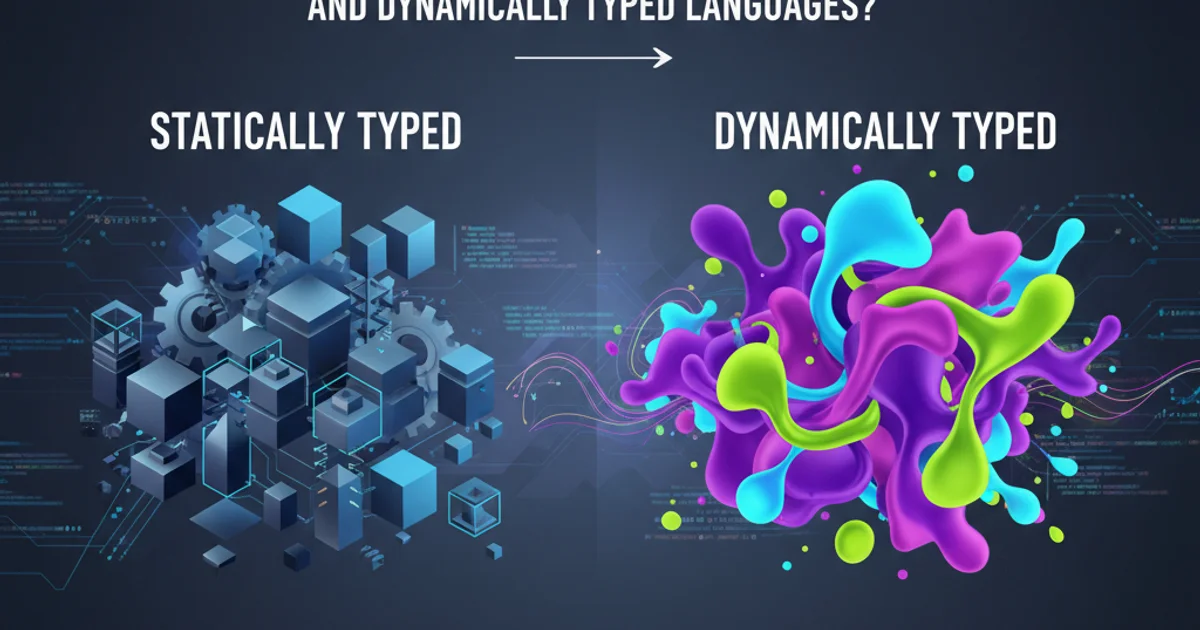html table vs css display table
Categories:
HTML Table vs. CSS Display Table: Choosing the Right Tool for Layout

Explore the fundamental differences and appropriate use cases for HTML <table> elements versus CSS display: table properties for web layout.
When structuring content on the web, developers often encounter a choice between using the semantic HTML <table> element and leveraging CSS properties like display: table, display: table-row, and display: table-cell to achieve table-like layouts. While both can render content in a grid-like fashion, their intended purposes, accessibility implications, and flexibility differ significantly. Understanding these distinctions is crucial for building robust, accessible, and maintainable web interfaces.
The Semantic HTML <table> Element
The HTML <table> element is designed for displaying tabular data. This means data that is best understood when presented in rows and columns, where the relationship between cells (e.g., a header cell and its corresponding data cells) is meaningful. Examples include financial reports, calendars, product specifications, or any dataset that inherently has a two-dimensional structure.
Key characteristics of HTML <table>:
- Semantic Meaning: It explicitly conveys that its content is tabular data.
- Accessibility: Screen readers and other assistive technologies understand the structure of an HTML table, allowing users to navigate by rows, columns, and headers, making the data comprehensible.
- Built-in Features: Supports
<thead>,<tbody>,<tfoot>,<th>,<caption>, andscopeattributes for enhanced semantics and accessibility. - Layout Limitations: While it can be styled, using
<table>for general page layout (non-tabular data) is considered an anti-pattern due to its lack of flexibility and negative impact on accessibility and responsiveness.
<table>
<caption>Monthly Sales Report</caption>
<thead>
<tr>
<th scope="col">Month</th>
<th scope="col">Sales</th>
<th scope="col">Profit</th>
</tr>
</thead>
<tbody>
<tr>
<th scope="row">January</th>
<td>$10,000</td>
<td>$2,000</td>
</tr>
<tr>
<th scope="row">February</th>
<td>$12,000</td>
<td>$2,500</td>
</tr>
</tbody>
</table>
A semantic HTML table for tabular data.
<th> elements with scope="col" or scope="row" and a <caption> for HTML tables to significantly improve accessibility for screen reader users.CSS display: table for Layout
The CSS display: table property (along with display: table-row and display: table-cell) allows non-table HTML elements (like <div>s) to behave like table elements for layout purposes. This approach gained popularity before the widespread adoption of Flexbox and CSS Grid as a way to achieve complex column layouts, vertical alignment, and equal height columns without using actual HTML tables.
Key characteristics of CSS display: table:
- Layout Tool: Primarily a layout mechanism, it does not convey semantic meaning about the content being tabular data.
- Flexibility: Offers more flexibility than HTML tables for non-tabular layouts, especially for vertical alignment and equal column heights.
- Accessibility: Since the underlying HTML elements are not semantic tables, assistive technologies will not interpret them as such. This means users cannot navigate them as tables, which is generally desired for non-tabular layouts.
- Modern Alternatives: With the advent of Flexbox and CSS Grid,
display: tableis now largely considered a legacy layout technique for general-purpose layouts. Flexbox and Grid offer more powerful, intuitive, and responsive ways to achieve similar (and more complex) layouts.
.container {
display: table;
width: 100%;
}
.row {
display: table-row;
}
.cell {
display: table-cell;
padding: 10px;
border: 1px solid #ccc;
vertical-align: top;
}
CSS to create a table-like layout using display: table properties.
<div class="container">
<div class="row">
<div class="cell">Content for Column 1</div>
<div class="cell">Content for Column 2</div>
<div class="cell">Content for Column 3</div>
</div>
<div class="row">
<div class="cell">More content here</div>
<div class="cell">Even more content</div>
<div class="cell">Last piece of content</div>
</div>
</div>
HTML structure for a CSS display: table layout.
When to Use Which: A Decision Flow
The choice between HTML <table> and CSS display: table (or more modern alternatives like Flexbox/Grid) boils down to the nature of your content and your layout goals. The following diagram illustrates a decision-making process.
flowchart TD
A[Start: Need a grid-like layout?] --> B{Is the content inherently tabular data?};
B -- Yes --> C[Use HTML `<table>`];
C --> D[Ensure accessibility: `<th>`, `<caption>`, `scope`];
D --> E[End];
B -- No --> F{Need flexible, responsive layout for non-tabular content?};
F -- Yes --> G[Use CSS Flexbox or Grid];
G --> H[End];
F -- No --> I{Need simple vertical alignment or equal height columns (legacy support)?};
I -- Yes --> J[Consider CSS `display: table` (with caution)];
J --> K[End];
I -- No --> L[Re-evaluate layout needs];
L --> E;
J --> M[Prioritize Flexbox/Grid for new projects];
M --> K;Decision flow for choosing between HTML <table>, CSS display: table, Flexbox, or Grid.
<table> for general page layout. This practice, common in the early days of the web, leads to inflexible, inaccessible, and difficult-to-maintain code. Modern CSS layout techniques (Flexbox, Grid) are far superior for non-tabular layouts.Conclusion
In summary, the HTML <table> element is a powerful and semantic tool for presenting actual tabular data, providing crucial accessibility benefits. CSS display: table is a layout property that can mimic table behavior but should generally be avoided for new projects in favor of more robust and flexible CSS Grid or Flexbox. Always prioritize semantic HTML and modern CSS for the best user experience, accessibility, and maintainability.